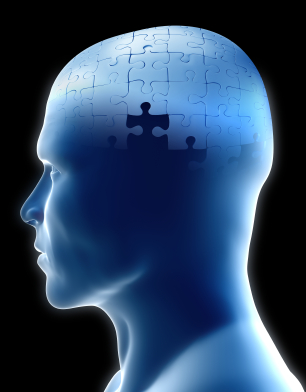In 2010, the American Academy of Pediatrics (AAP) issued a valuable report [1] containing recommendations on the evaluation and treatment of sport-related concussions in children and adolescents.

Highlights
The AAP recommends:
- Individualized RTP: Return to play should follow an individualized course, because athletes recover at different rates.
- No same day RTP or with symptoms: Under no circumstances should pediatric or adolescent athletes with concussion return to play the same day of their concussion even if their symptoms clear, nor should they be returned to play while experiencing symptoms at rest or with exertion.
- Retirement from sports. The AAP recognized that while no evidence-based guidelines existed to use in determining when an athlete should retire from 1 or multiple sports as a result of concussion history, one expert has suggested that any athlete sustaining 3 concussions in a single season, or having had post-concussion symptoms for more than 3 months, be strongly encouraged to not to return to sports for a prolonged period of time. The AAP advises clinicians who are not comfortable making a determination about the length of time to withhold an athlete from sports or contemplating recommending permanent retirement refer the athlete to a specialist with expertise in sport-related concussion.
- Cognitive rest: Athletes with concussion should get both physical and cognitive rest until their symptoms have cleared both at rest and with exertion. Teachers and school administrators should work with students to modify workloads ("return to learn")[2] to avoid exacerbation of symptoms.
- More conservative management: Because a number of studies have shown that younger athletes (especially adolescents) take longer to fully recover cognitive function than college-aged or professional athletes, a more conservative approach should be taken in deciding when pediatric and adolescent athlete can return to play, even when they show no symptoms of concussion.
Evolving concussion landscape
While acknowledging enormous progress over the last ten years in research dedicated to and media coverage of sport-related concussion, the report notes that many parents, coaches, and young athletes still have misconceptions about concussion.
On the plus side, over the last ten years, the AAP's clinical report noted that:
- Extensive research has provided medical professionals with a better understanding of the symptomatic course and risk of potential long-term complications from concussions;
- Position statements on concussions have been issued by organizations such as the American College of Sports Medicine and the National Athletic Trainers' Association (NATA);
- Three international symposia on concussion in sport (Vienna, Prague and Zurich) have been held (although AAP noted that none focused exclusively on the youth athlete);
- Management of concussion has evolved.
- No longer is a young athlete with a "ding" or mild concussion allowed to return to play as soon as 15 to 30 minutes after his or her symptoms had cleared.
- Concussion grading scales relying heavily on loss of consciousness and a few other factors to determine severity of concussion and return to play have been abandoned in favor of a symptom-based, individualized approach for determining return to play.
The bad news:
- Many parents, coaches and young athletes still seem to believe that youth athletes are indestructible and somehow immune from the effects of concussion;
- The misconception persists that a concussion is something to be "toughed out" and does not require a physican visit; and
- There remains a widespread belief that an injury described as a concussion is less severe than one described as a mild traumatic brain injury (mTBI), which may result in a premature return to school and sports.
- More research is needed on concussions in grade school and middle school athletes and to understand the reason(s) for the higher concussion rate in girls.
For the most comprehensive, up-to-date concussion information on the Internet, click here.
1. Halstead, ME, Walter, K. "Clinical Report - Sport-Related Concussion in Children and Adolescents" Pediatrics. 2010;126(3):597-615 (http://aappolicy.aappublications.org/cgi/content/full/pediatrics;126/3/5...).
2. Halstead ME, et al. Clinical Report: Returning to Learning Following a Concussion. Pediatrics 2013;doi:10.1542/peds.2013-2867 (epub October 27, 2013).
Created September 1, 2010. Most recently reviewed and revised October 27, 2013








